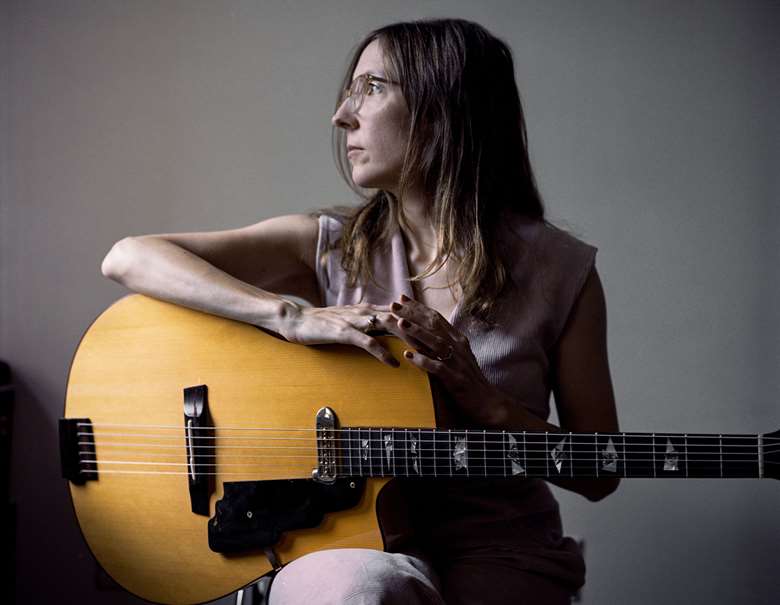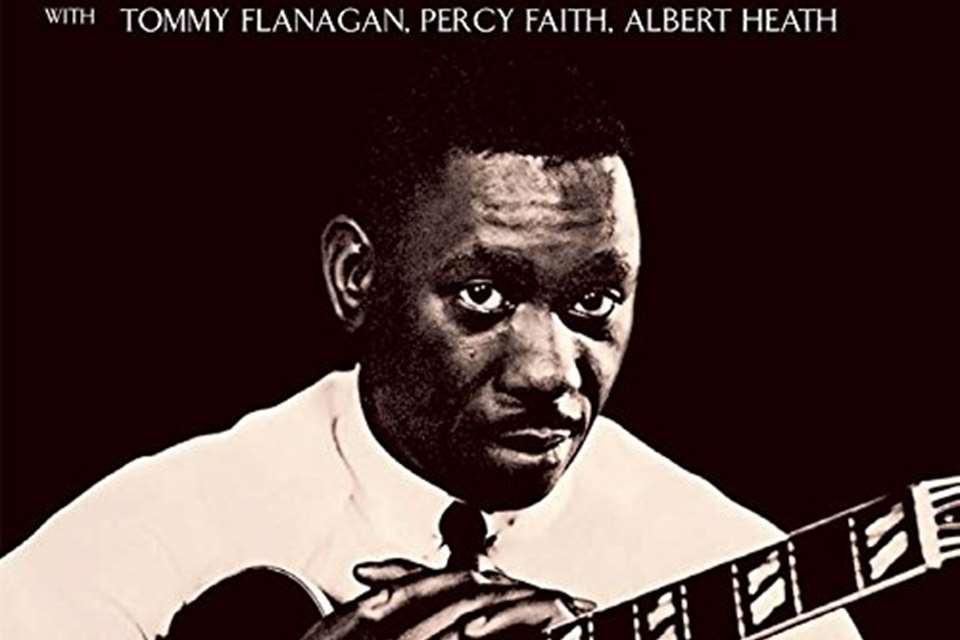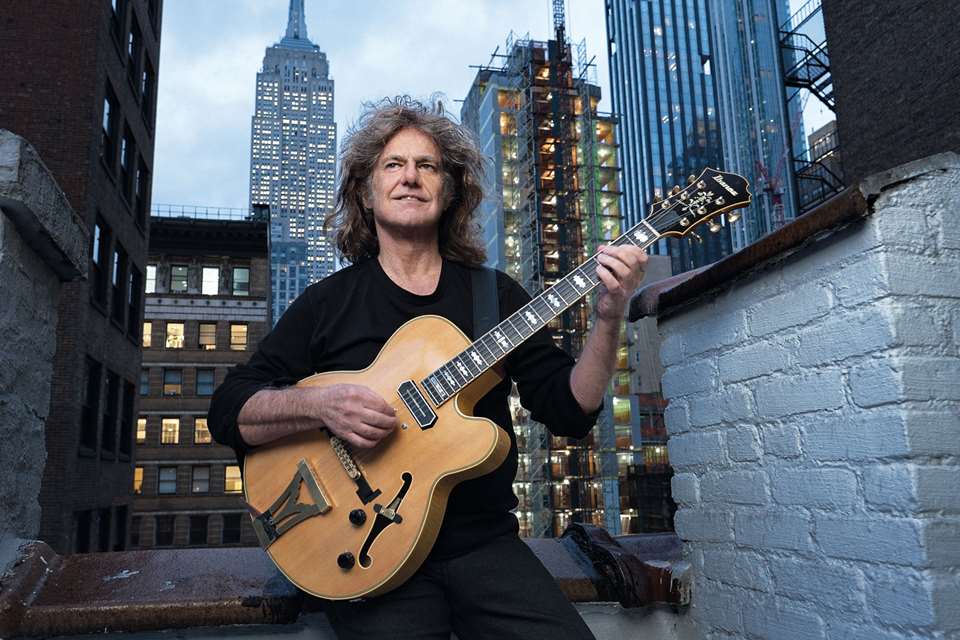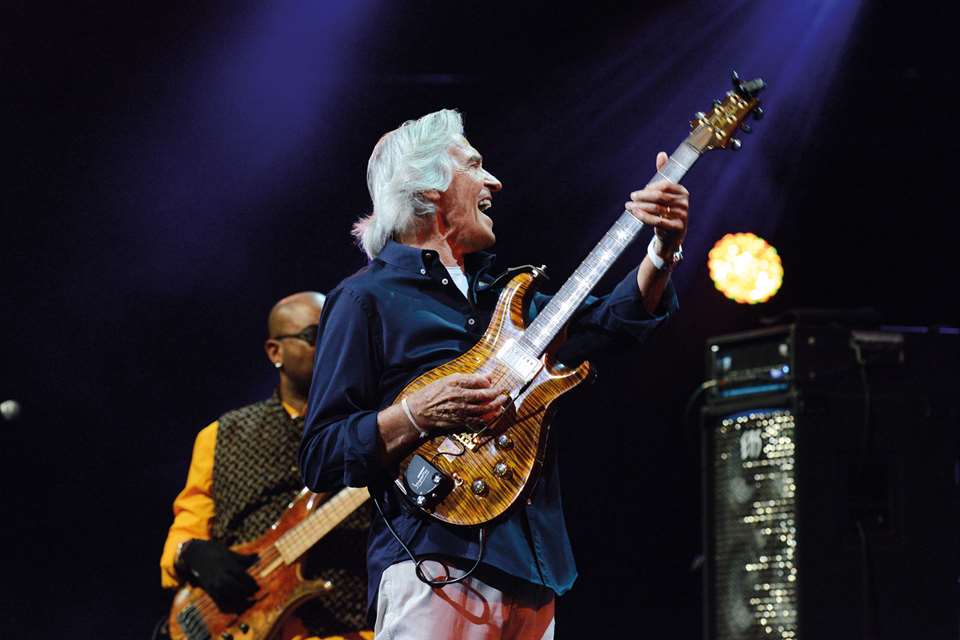Mary Halvorson – guitar genius
Andy Robson
Monday, July 25, 2022
One of the finest jazz guitarists of her generation, Mary Halvorson is possessed of a questing, restless spirit – as Andy Robson finds out


Register now to continue reading

Thank you for visiting Jazzwise.co.uk. Sign up for a free account today to enjoy the following benefits:
- Free access to 3 subscriber-only articles per month
- Unlimited access to our news, live reviews and artist pages
- Free email newsletter


